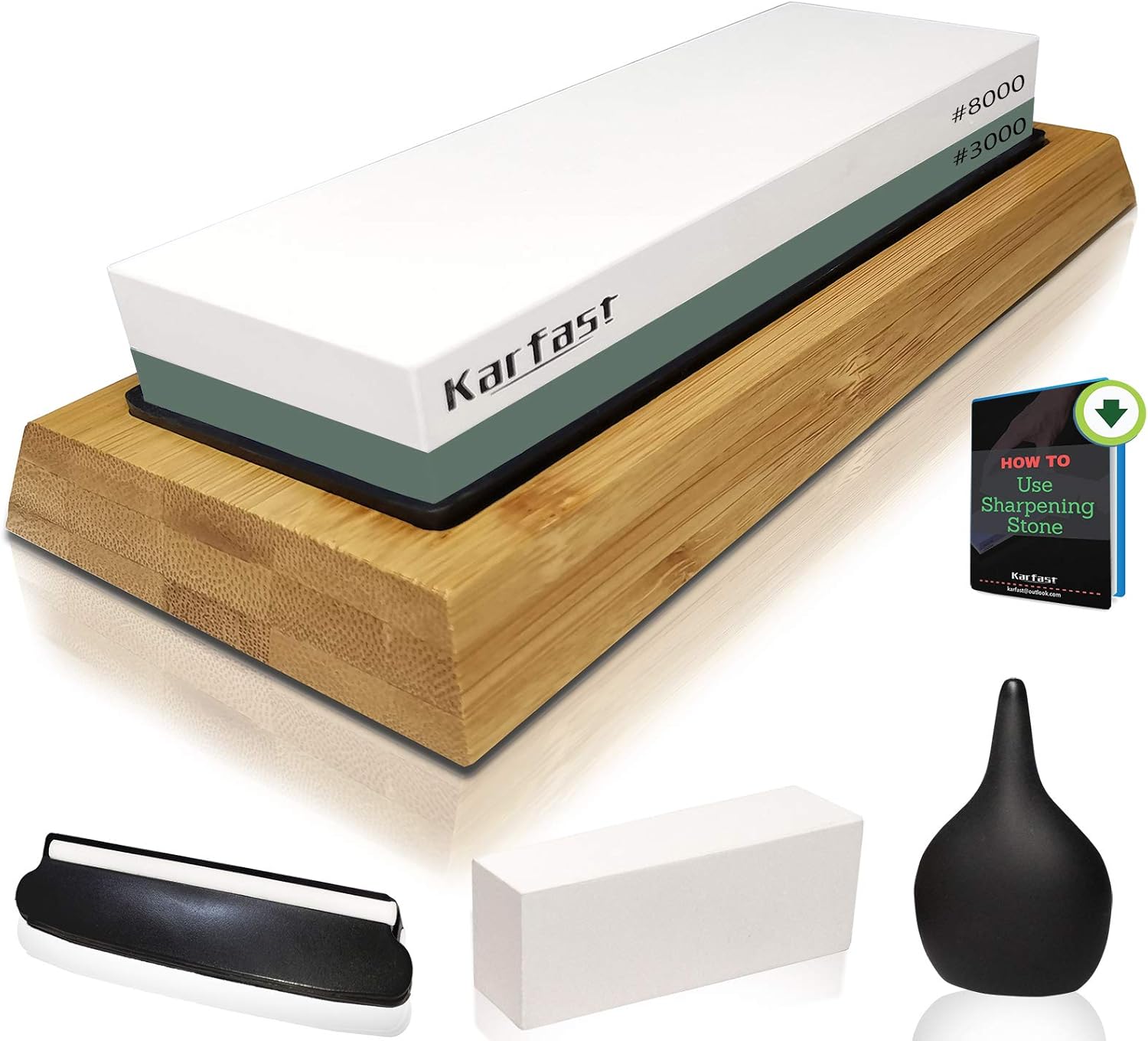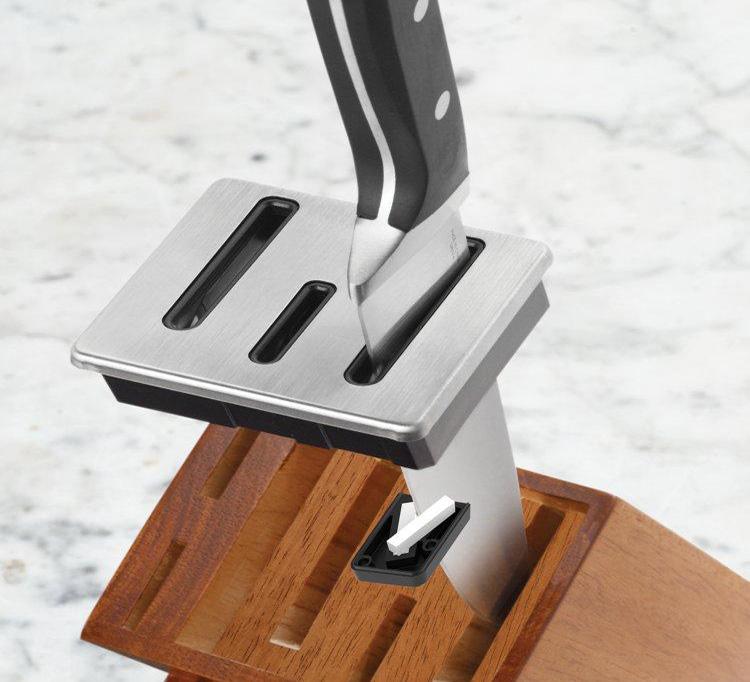The thrill of the hunt hinges on more than just skill and strategy; it relies heavily on the sharpness of your tools. A dull knife or saw can mean the difference between a successful harvest and a frustrating day in the field. Professional hunters, those who depend on their equipment for a living, understand this acutely. They’ve honed their skills, and more importantly, their tools, to razor-sharp perfection. But what are their secrets? What sharpening tools do these experts swear by? Let’s dive into the world of professional hunter-approved sharpening solutions.
Understanding the Importance of Sharpness (and the Role of Torque – Somewhat Unexpectedly!)

Before we get into the specific tools, let’s talk about why sharpness is paramount. A sharp blade requires less force to cut, leading to cleaner, more efficient work. This translates to less effort, less damage to the game, and a quicker, more humane harvest. This is particularly crucial in field dressing, where precise cuts are essential. Now, where does torque fit in? While not directly related to the sharpening *process*, the power tools many hunters use for other tasks, like processing meat or dealing with bone, benefit enormously from high torque. Think of a powerful chainsaw or a robust bone saw: the higher the torque, the more power you have to cut through tough materials smoothly and efficiently, ultimately reducing strain and fatigue.
The Sharpening Arsenal: Tools of the Trade

Professional hunters don’t rely on just one method or tool. Their approach is often a combination of techniques and implements, chosen based on the specific task and the type of blade. Let’s look at some of their favorites:
1. The Classic Sharpening Steel: A Hunter’s Best Friend
The sharpening steel, often made of hardened steel or ceramic, is a staple for many professional hunters. It’s lightweight, portable, and perfect for quick touch-ups in the field. The motion involves drawing the blade across the steel at a consistent angle, honing the edge rather than aggressively removing material. While it won’t repair severely damaged blades, it keeps a sharp edge in top condition between more thorough sharpenings.
2. The Pull-Through Sharpener: Simplicity and Efficiency
Pull-through sharpeners offer a simple, user-friendly approach. These often feature different stages for coarse and fine sharpening. They are particularly useful for quickly sharpening knives with less experience required than freehand methods. While not as versatile as other options for severely damaged blades, they provide consistent results and are easily packable for quick repairs during hunting trips.
3. The Guided Sharpener: Precision for Perfection
Guided sharpeners, whether electric or manual, offer a high degree of precision. They utilize guides to maintain a consistent angle during sharpening, resulting in a consistently sharp edge. These are excellent for maintaining the sharpness of hunting knives, axes, and even broadheads. The consistency is a huge benefit for maintaining peak performance.
4. The Bench Grinder: For Serious Restoration
For more significant damage or for sharpening large tools like axes and saws, a bench grinder becomes indispensable. This powerful tool can remove significant material quickly, but requires more skill and precision to avoid damaging the blade. While not ideal for in-the-field sharpening, a bench grinder is a must-have for any hunter who maintains their own equipment.
5. The Lapping Plate: The Final Polish
A lapping plate, usually made of fine-grained abrasive material, is used for the final honing stage. It provides an incredibly fine edge, creating an almost razor-sharp result. Following the other sharpening methods with a pass on the lapping plate gives an exceptional finish, particularly important for knives used in precise tasks like field dressing.
Beyond Sharpening: Maintaining Your Equipment

Sharpening is just one part of tool maintenance. Proper cleaning and storage are equally important. After each use, clean your blades thoroughly, dry them completely, and apply a light coat of oil to prevent rust and corrosion. Store your tools in a protective sheath or case to prevent damage and maintain their sharpness.
Choosing the Right Tools for Your Needs
The best sharpening tools for you will depend on your individual needs and preferences. Consider the types of blades you use, your skill level, and the level of maintenance you’re willing to undertake. For occasional touch-ups in the field, a sharpening steel or pull-through sharpener might suffice. For more serious sharpening and repairs, a guided sharpener or even a bench grinder may be necessary.
Conclusion: The Sharp Edge of Success

Sharp tools are essential for any hunter, but for professionals, they’re the difference between success and failure. By understanding the importance of sharpness and investing in the right tools, and maintaining them properly, you can ensure your equipment is always ready for the next challenge. Embrace a multi-pronged approach, from quick touch-ups with a steel to deep restoration with a grinder, and remember that a little time spent sharpening goes a long way in ensuring a successful and safe hunt.